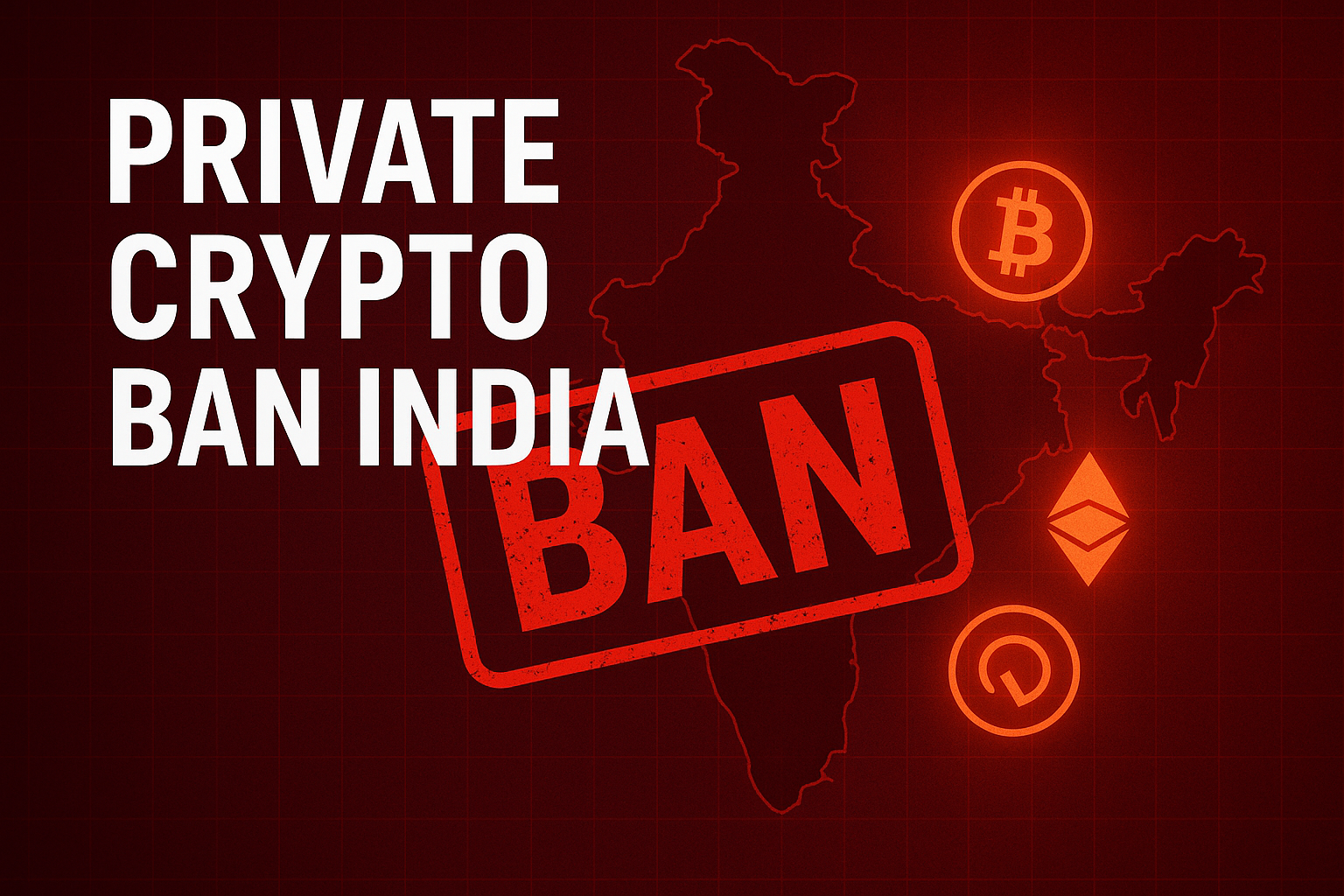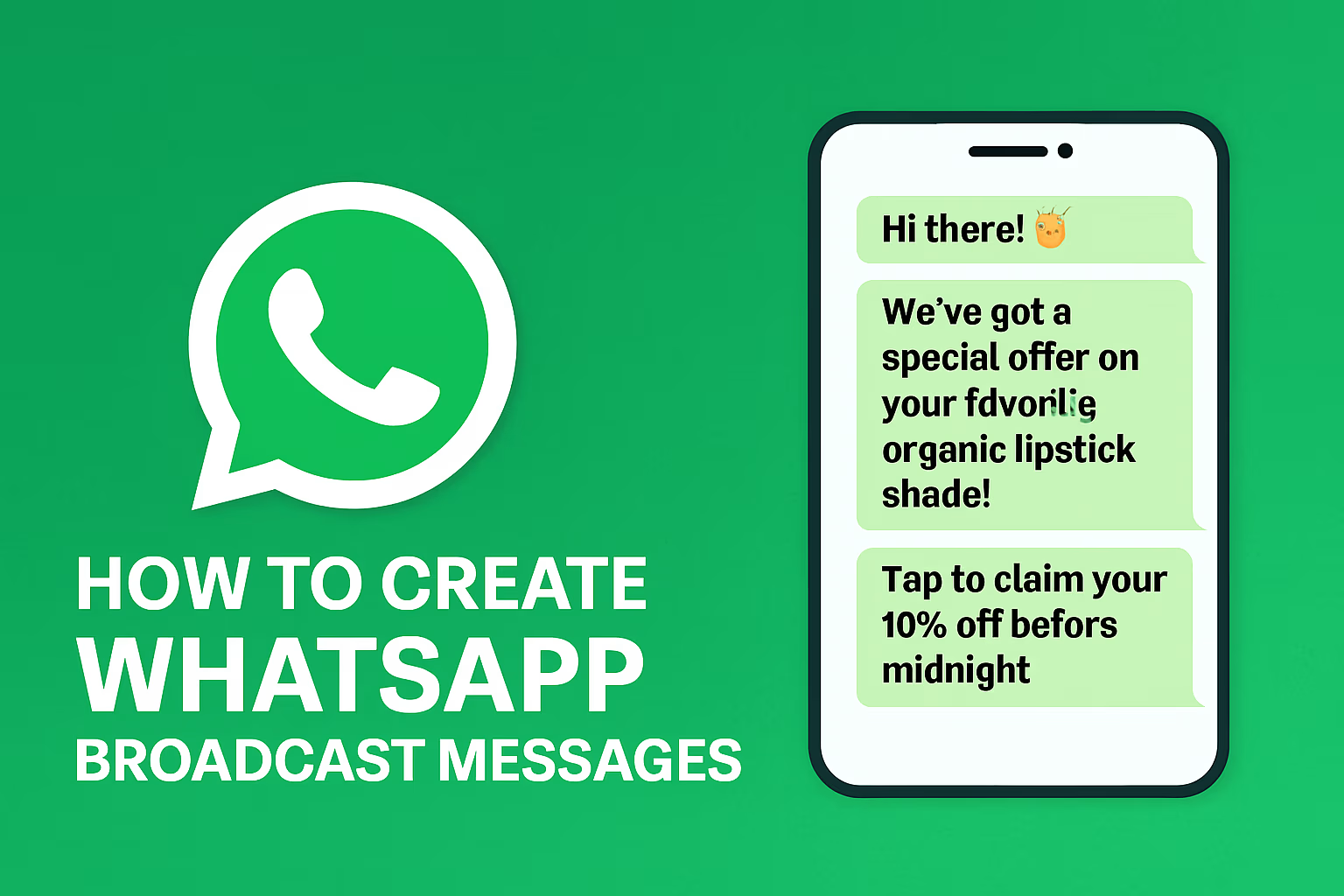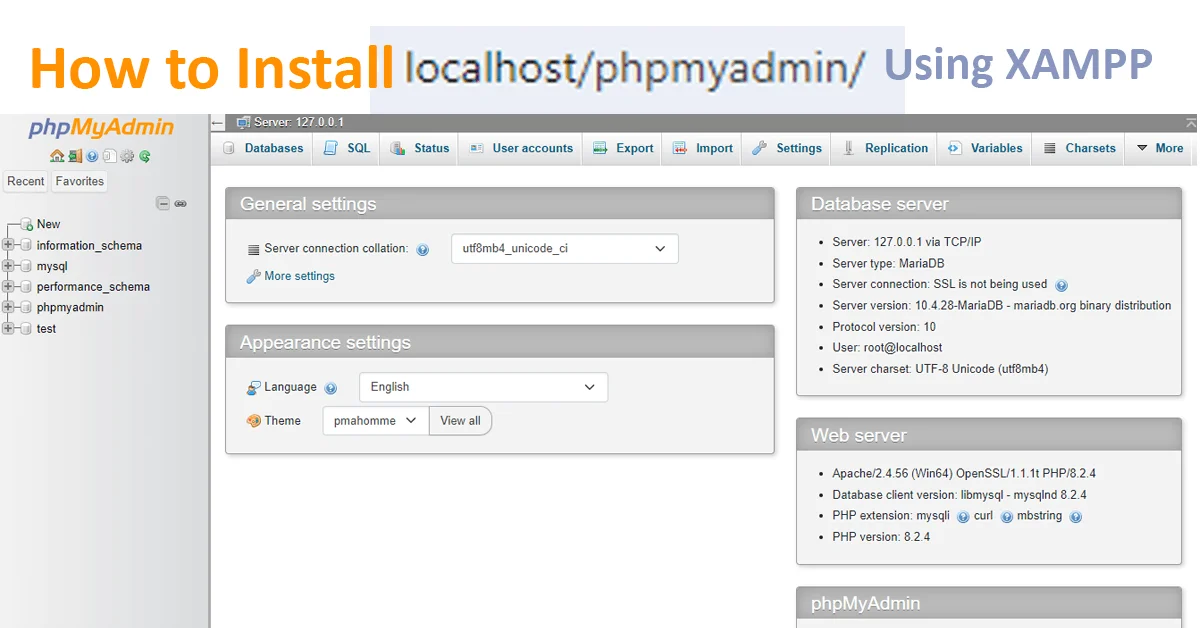E-commerce is no longer limited to websites and apps; it has moved to conversations and instant platforms like WhatsApp. With digital catalogs emerging as a core sales engine, businesses are embracing mobile-first strategies that merge instant accessibility with personalized, interactive shopping experiences.
One of the most revolutionary tools in the Whatsapp Marketing is the WhatsApp Catalog for e-commerce, designed for sellers who want to showcase products directly within WhatsApp. Unlike traditional digital product catalogs or website-based listings, Catalog for e-commerce allows sellers to integrate their product listings directly into customer chats which makes a product discovery and sales more seamless than ever.
So, should you rely on a WhatsApp Catalog, stick to a regular e-commerce catalog, or combine both. Let’s break it down and find out which option works best for modern online sellers.
What is a WhatsApp Catalog in E-commerce?
A WhatsApp catalog for e-commerce is a feature available in the WhatsApp Business app that allows sellers to list their products and services in a structured, mobile-friendly format. Think of it as a digital storefront inside a conversation. Customers can browse product listings, read descriptions, see pricing, and even directly order, all without leaving WhatsApp.
Key Features & Functions:
- Product Listings
- Easy Sharing
- In-Chat Shopping
- One-Click Order Inquiry
- Secure & Trusted Platform
For buyers, the WhatsApp Business catalog removes friction. They can view, add, and inquire about products while chatting with the seller. Unlike a regular PDF or website catalog, this product
The discovery flow is interactive and mobile-native.
For buyers, the WhatsApp Business catalog removes friction. They can view, add, and inquire about products while chatting with the seller. Unlike a regular PDF or website catalog, this product discovery flow is interactive and mobile-native.
Benefits of having a WhatsApp Business Catalog for E-Commerce Sellers
1. Direct Customer Interaction
Unlike websites, a WhatsApp commerce catalog allows sellers to talk directly to potential buyers while showcasing products. This builds trust and accelerates decision-making.
2. Easy Checkout Flow
Buyers can select a product, add it to their cart, and message the seller instantly, no distractions or high cart abandonment rates like regular e-commerce websites often face.
3. Cost-Effectiveness
For small businesses and startups, creating and maintaining a WhatsApp catalog is free. Unlike websites that involve hosting, maintenance, and designers, the catalogs are simple to set up and manage.
4. Social Engagement
WhatsApp makes digital catalogs more shareable. Customers can forward product links in groups, making it a tool for word-of-mouth virality
Limitations of WhatsApp Catalog for E-commerce
Despite its simplicity, WhatsApp catalog limitations exist:
- Product Display Restrictions: Unlike websites that allow multiple product filters, large categories, and advanced search, WhatsApp’s catalog is limited to basic listings.
- Customization Limits: Branding opportunities are minimal; you cannot style or design the layout beyond text, image, and price.
- Platform Dependency: A business tied solely to WhatsApp risks losing sales access if the platform introduces restrictions or outages.
What is a Regular Catalog in E-Commerce?
Before WhatsApp changed the way we think of catalogs, regular catalogs were the foundation of modern retail and B2B commerce.
A regular catalog could be:
- Printed catalogs: Physical booklets distributed by retailers, wholesalers, or manufacturers.
- PDF catalogs: Downloadable files listing product ranges with pricing.
- Website-based digital catalogs: Product listing pages on e-commerce sites that display categories, descriptions, and visuals.
Although effective, traditional catalogs depend on distribution (email, downloads, websites) and offer limited personalization compared to interactive systems like WhatsApp.
Key Differences Between WhatsApp Catalog vs Regular Catalogs:
| Factors | WhatsApp Business Catalog | Regular Catalogs |
| Accessibility | Mobile; first, built into WhatsApp | Print, PDF, website (mostly desktop-based) |
| Ease of Sharing | Share in chat with one click | Requires email, links, or downloads |
| Engagement | Direct conversations with buyers | Static browsing without instant interaction |
| Personalization | One-on-one chat, curated sharing | Generic, same catalog for all clients |
| Checkout Flow | Direct inquiry inside chat | Buyer must leave and complete on the site |
| Updates | Easy to edit & update | Costly or time-consuming for print/PDF |
Clearly, a WhatsApp business catalog offers more convenience and engagement for sellers targeting mobile-first users, while traditional digital e-commerce catalogs serve better for detailed, large-scale product portfolios.
How to Set Up and Optimize a WhatsApp Catalog for e-commerce.
For those new to the ecosystem, setting up a WhatsApp business catalog is simple.
Step-by-Step Setup for E-Commerce
- Download WhatsApp Business App
- Go to Settings – Business Tools- Catalog.
- Add a Product or Service by uploading images, descriptions, prices, and links
- Save and Publish.
Steps to optimize it for e-commerce
- Use high-quality product images that look professional.
- Write concise, persuasive product descriptions for mobile readability.
- Add pricing transparency to avoid friction in conversations.
- Regularly update the catalog to reflect availability and seasonal promotions.
- Share catalog links across social media, groups, and direct chats for maximum visibility.
With these steps, the WhatsApp catalog setup doubles as a social commerce tool for instant sales.
Which Is Best for an E-Commerce Seller? “WhatsApp Catalog or Regular Catalog”
Choosing between whatsapp catalog and a regular e-commerce catalog depends on your business size, audience, and sales strategy. Let’s break down each option and explore how a hybrid approach can unlock the best of both worlds.
WhatsApp Business Catalog for E-Commerce
- Suited for small and medium businesses.
- Works best for direct-to-customer sales, boutique stores, home businesses, and local retailers.
- Enhances engagement with personal conversations.
Regular Catalogs for E-Commerce
- Better for large businesses, wholesalers, and B2B companies.
- Good for maintaining structured, high-volume product listings.
Hybrid Approach
The most effective e-commerce strategy often employs a combination of both catalogs. For example:
- Use the website catalog to rank on Google, attract traffic, and provide comprehensive information.
- Use the WhatsApp catalog for conversational selling and instant conversions.
Final Words:
The choice between a WhatsApp Catalog and a regular e-commerce catalog isn’t about picking one over the other, it’s about choosing what aligns with your customers’ journey.
Whatsapp deliver speed, personalization, and conversational buying which makes them ideal for direct, high-engagement sales.
Traditional catalogs provide the structure and depth needed for larger inventories and brand consistency. When combined, they create a powerful hybrid system that boosts visibility, trust, and conversions.
For modern e-commerce sellers, the smartest approach is to leverage both channels to meet customers exactly where they shop, instantly, personally, and effortlessly.
FAQs on WhatsApp Catalog vs Regular Catalogs
What is a WhatsApp catalog?
WhatsApp catalog is a feature in the WhatsApp Business app where sellers can showcase products and services with images, descriptions, and prices
How many products can I add to a WhatsApp catalog?
A WhatsApp Business catalog allows up to 500 products or services. This makes it a good option for small and medium businesses with a manageable inventory.
What are the benefits of using a WhatsApp catalog for e-commerce sellers?
The main benefits include direct customer interaction, simple checkout flow, easy sharing in chats, cost-effectiveness for small businesses, and stronger trust due to WhatsApp’s familiarity
What are the main limitations of WhatsApp catalogs?
Some limitations include limited product display options, a lack of advanced customization or branding, and dependency on WhatsApp as the platform
Can I use both the WhatsApp catalog and regular catalogs together?
Yes, we can use both together.









